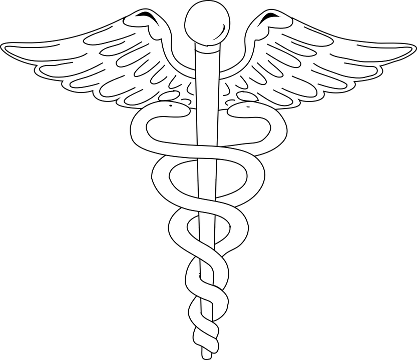Chiropractic Treatment Can Be an Effective Option for Managing Spinal Stenosis Symptoms
Chiropractors use a variety of techniques to treat spinal stenosis, including:
• Spinal adjustments: these adjustments aim to improve spinal alignment and reduce pressure on the nerves.
• Massage therapy: Massage can help to improve flexibility, reduce pain, and promote relaxation.
• Exercise therapy: specific exercises can help to strengthen the muscles that support the spine and improve range of motion.
• Lifestyle modifications: chiropractors may recommend changes to daily activities, such as posture, ergonomics, and activity level, to reduce stress on the spine.
Chiropractic treatment for spinal stenosis can provide several benefits, including reduced pain and discomfort; improved range of motion; increased strength and stability in the spine; and delayed or avoided surgery.
While there is limited scientific evidence to support the effectiveness of chiropractic treatment for spinal stenosis, some studies have shown promising results. One study found that chiropractic adjustments combined with exercise therapy significantly improved pain and function in patients with lumbar spinal stenosis.
It’s important to note that chiropractic treatment may not be effective for all cases of spinal stenosis. The severity of the condition, the underlying cause, and the individual patient’s response can all influence the outcome. If you are considering chiropractic treatment for spinal stenosis, it’s essential to consult with a qualified chiropractor. They can assess your condition, discuss treatment options, and determine if chiropractic care is right for you.
Presented as a service to the community by: Union County Chiropractic Clinic, 110 Skyline Drive, Maynardville, TN (865) 992-7000 www.unioncountychiropractic.com
- Log in to post comments
